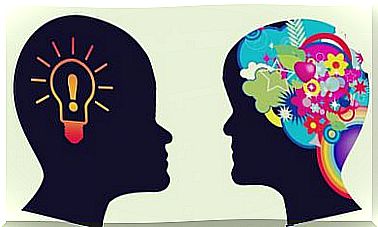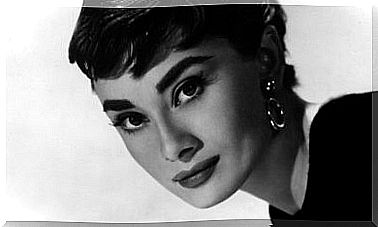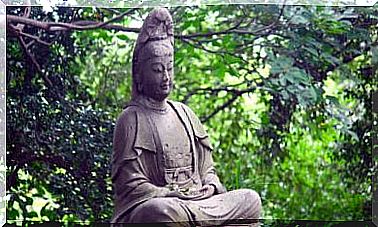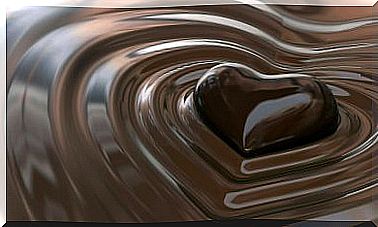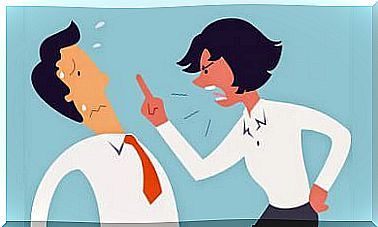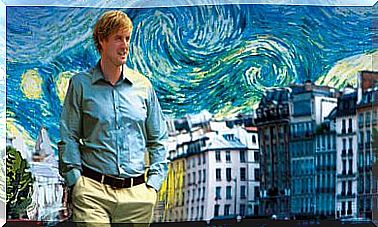Sandor Radó, An Addiction Expert

Sandor Radó is remembered as one of the pioneers of psychoanalysis, but also as one of its reformers. He has always been characterized as an excellent debater. He was intellectually brilliant and this, together with his ability to argue, gave him great notoriety within the psychoanalytic movement and outside of it.
Other not-so-remarkable aspects of his personality also became well known. He was a lover of good food and an irremediable seducer, in love and with a desire to conquer the women who crossed his path. This, together with exaggerated theses on phallocentrism, gave him a reputation as a misogynist. Perhaps it is something exaggerated, but ultimately hers was not exactly feminism.
For all these reasons, Sandor Radó had an intense and long controversy with the psychoanalyst Karen Horney. And although in principle he was one of Freud’s most fanatical followers, sooner rather than later he took a new path far removed from classical psychoanalysis.
Sandor Radó, a remarkable student
Sandor Radó was born in Hungary in 1890. At first he was inclined to study law and in 1911 he obtained a degree in political science. Later, and against his father’s wishes , he decided to study medicine. This was his great passion, since from an early age he was a great fan of natural sciences. He obtained his doctorate in 1915.
By then he had already come into contact with psychoanalytic doctrine. When he was 19 years old, he came across a writing by Sandor Ferenczi that dazzled him. Since then he became interested in the ideas of Sigmund Freud. In fact, he personally went to Vienna to hear a lecture by the father of psychoanalysis and was fascinated. Since then a friendship has been forged between him and Freud, which lasted more than 15 years.
In Hungary, with Ferenczi, he founded the Hungarian Society of Psychoanalysis. It was then analyzed by Erzsebet Revesz , who in turn had been psychoanalyzed with Freud. By then, Sandor Radó was married, but in the course of the process he fell in love with his analyst. He then divorced his first wife and married her.
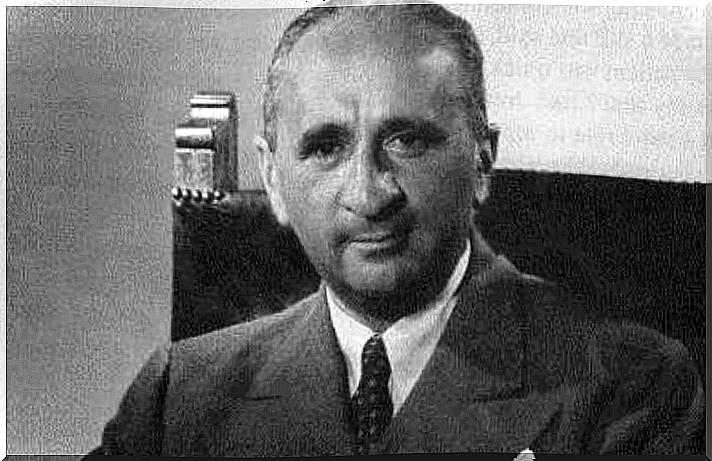
The psychoanalytic movement
In 1922, Sandor Radó moved to Berlin and there he carried out a second psychoanalysis, this time with Karl Abraham. Soon he was invited to join the Berlin Psychoanalytic Institute. In 1924, he was asked by Sigmund Freud himself to be the editor of the International Review of Psychoanalysis, International Zeitschrift Fûr Psicoloanalyse. Three years later he was also the editor of the famous Imago magazine.
During his time in Berlin he also became the trainer of new psychoanalysts. Important figures such as Wilhelm Reich, Otto Fenichel and Heinz Hartmann did didactic psychoanalysis with him. At that time he lived a very complex family situation. His wife, who was 6 months pregnant, fell into pernicious anemia. She decided to have a cesarean section and this led to her death within two days. The baby died a week later.
After this difficult event, Sandor Radó had a stormy and fleeting relationship with the psychoanalyst Helene Deutsch. Then he fell in love with and married one of his patients, named Emmy. That is why Radó is spoken of as one of the most unique cases of transgression in psychoanalysis, since he married both his analyst and his patient.
A divergent path
In 1931, Sandor Radó settled in the United States. He was invited by Abraham Arden Brill so that between the two of them they created the Institute of the Psychoanalytic Society of New York, in the image and likeness of the institute that operated in Berlin. When the Nazis came to power, Radó was one of the most collaborative in helping his colleagues so that they could emigrate to the new continent.
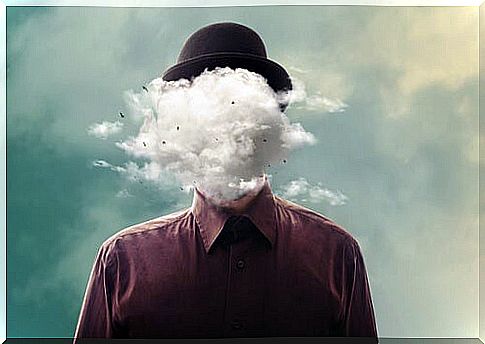
At that stage he began to distance himself from classical psychoanalysis. He was in favor of integrating medicine and psychoanalysis very closely. He began to give much greater importance to biological phenomena, than to the experiences of the unconscious. He was inclined to study addictions and soon became one of the great authorities on these issues.
He eventually adopted behavioral principles, with emotional reeducation as the center of treatment. In 1942 he created the Association for Psychoanalytic Medicine. Later he founded the New York School of Psychiatry, an institution that had practically nothing to do with psychoanalysis. Radó died in 1972, having become one of the most famous psychiatrists in the United States.
